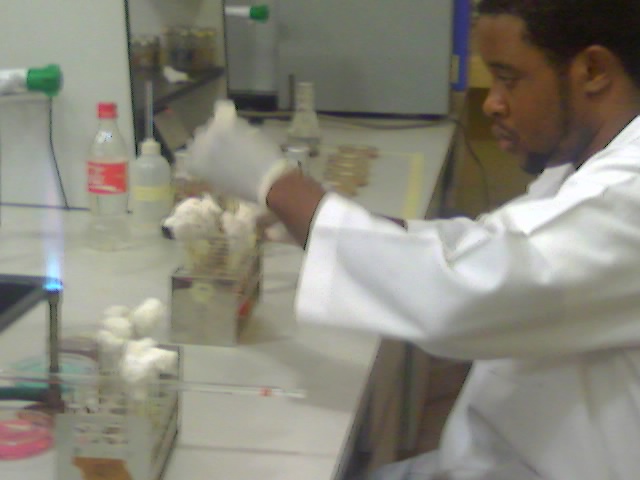The phrase “P value” also means ‘calculated probability’. P value is defined as the probability of finding the observed, or more extreme, results when the null hypothesis (H 0) of a study question is true. P value is also described in terms of rejecting the null hypothesis (H0) when it is actually true. The null hypothesis is usually the hypothesis of “no difference”. For example, no difference between glucose level in group A and group B. Before the start of your study, ensure to define a null hypothesis for each of your study question that you intend to investigate. The other type of hypothesis aside the Ho is the alternative hypothesis (H1). The term significance level (alpha) is used to refer to a pre-chosen probability and the term “P value” is used to indicate a probability that you calculate after a given study.
The alternative hypothesis (H1) is the opposite of the null hypothesis. Alternative hypothesis (H1) is usually the hypothesis you set out to investigate in your proposed study or experiment. For example, the research question as aforesaid is “is there a significant difference in the glucose level between group A and group B” if we give group A the test drug and group B the placebo? The alternative hypothesis in this case will be “there is a significant difference in the glucose level between group A and group B” if we give group A the test drug and group B the placebo.
A placebo is simply defined as a substance or treatment of no intended therapeutic value. Placebos are substances given to patients or a group of people in an experimental study who are told that it is a particular medicine, either to make that person or group of people feel as if they are getting better or to compare the effect of the particular medicine when given to other individuals in the study. Examples of placebos include saline solution, distilled water, inert tablets (like sugar pills) and inert injections (like saline). Placebos are not the active or real drugs or treatment in the experiment or study. Generally, a placebo is a medical treatment or procedure designed to deceive the participant of a clinical experiment. It does not contain any active ingredients but often still produces a physical effect on the individual. Placebos are essential to the design of reliable clinical trials.
If your P value is less than the chosen significance level then you reject the null hypothesis. This means that you have to accept that your sample gives reasonable evidence to support the alternative hypothesis. This does not necessarily mean that you have a “meaningful” or “important” difference. The choice of significance level at which you reject H0 is arbitrary. Conventionally the 5% (less than 1 in 20 chance of being wrong), 1% and 0.1% (P < 0.05, 0.01 and 0.001) levels have been used. These numbers can give a false sense of security; but you have to use your head and ask questions or compare your outcome with the real life scenario, then you can arrive at a perfect or acceptable conclusion.
In the real world scenario, you will be able to define a “perfectly” random sample, the most appropriate test and one definitive conclusion. But you simply cannot do this in most of the cases. What you can do is try to optimize all stages of our research to minimize sources of uncertainty. When presenting P values some groups find it helpful to use the asterisk rating system as well as quoting the P value:
P < 0.05 *
P < 0.01 **
P < 0.001
However, most authors refer to statistically significant as P < 0.05 and statistically highly significant as P < 0.001 (less than one in a thousand chance of being wrong). The choice is yours.
If a study is done to compare two treatments/variables, then the p value is the probability of obtaining the results of that study, or something more extreme, if there really was no difference between treatments. The assumption that there really is no difference between treatments is called the null hypothesis as aforesaid.
Suppose the p value was p = 0.03. What this means is that if there really was no difference between treatments than there would only be a 3 % chance of getting the kind of results obtained in the study. Since this chance seems quite low we would question the validity of the assumption that there really is no difference between treatments. We would then conclude that there is probably a difference between treatments. By convention, where the value of p value is below 0.05 (i.e. less than 5 %), the result of the study is seen as statistically significant. Where the p value is 0.001 or less, the result is seen as highly significant.
P values just tell us whether an effect can be rejected as statistically significant or not. They do not in any way relate to how big the effect might be.
REFERENCES
Paulson D.S (2008). Biostatistics and Microbiology: A survival manual. Springer, USA
www.statsdirect.com
Discover more from #1 Microbiology Resource Hub
Subscribe to get the latest posts to your email.



